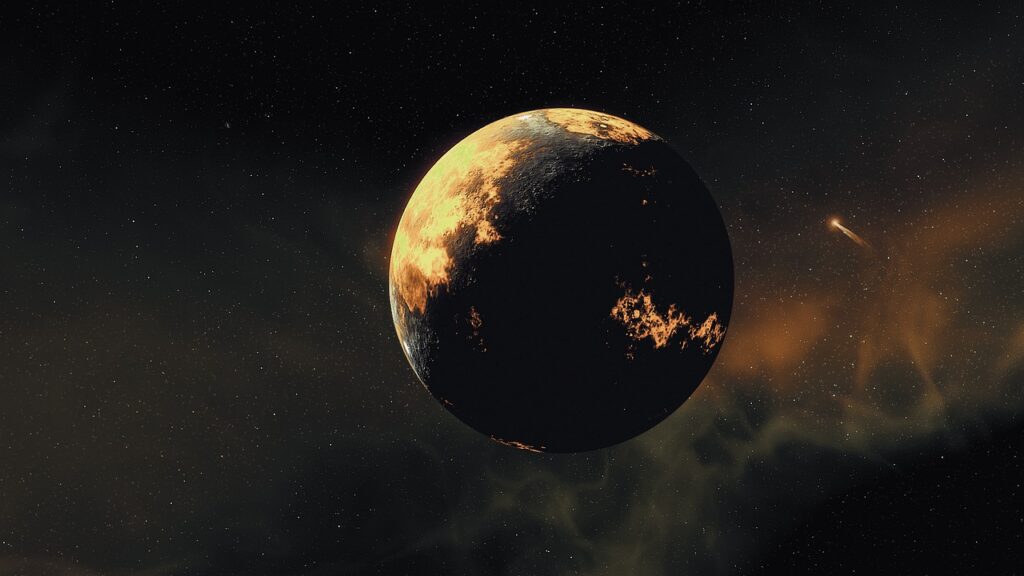Every new exoplanet discovery is remarkable in its own way, and if that planet happens to be Earth-sized, it’s even more special. If it’s connected to a famous constant (Pi), it’s basically an astronomy party.

Pi, the ratio of a circle’s circumference to its diameter, isn’t exactly 3.14. In fact, it’s 3.141592653589793238… and goes on forever. But for most people, 3.14 is a good enough approximation — and for the astronomers looking for this new planet, the similarity was too striking.
“The planet moves like clockwork,” says Prajwal Niraula, a graduate student in MIT’s Department of Earth, Atmospheric and Planetary Sciences (EAPS), who is the lead author of a paper published today in the Astronomical Journal, titled: “π Earth: a 3.14-day Earth-sized Planet from K2’s Kitchen Served Warm by the SPECULOOS Team.”
“Everyone needs a bit of fun these days,” says co-author Julien de Wit, of both the paper title and the discovery of the pi planet itself.
The planet is called K2-315b but already, astronomers have nicknamed it π Earth. It’s the 315th planetary system discovered with data from K2, the successor of the Kepler telescope — just one shy from another coincidence that would have made it number 314.
The first signs of the planet were reported in 2017, but it was only confirmed more recently. π Earth has approximately 95% of Earth’s mass, making it essentially Earth-sized, and orbits a star that’s 5 times smaller than the Sun.
However, there’s virtually no chance of life as we know it on the planet. For starters, the planet orbits very close to its star, and astronomers estimate that it heats up to around 450 Kelvin (177 degrees Celsius, or 350 degrees Fahrenheit). As mentioned, the planet also circles its star every 3.14 days — so a ‘year’ on the planet is little more than three days, which means it moves at a blistering speed of 81 kilometers per second, or about 181,000 miles per hour (compared to 30 km/s at the Earth’s equator).
However, the planet is interesting in itself, more than being a mathematical curiosity.
“This would be too hot to be habitable in the common understanding of the phrase,” says Niraula, who adds that the excitement around this particular planet, aside from its associations with the mathematical constant pi, is that it may prove a promising candidate for studying the characteristics of its atmosphere.
“We now know we can mine and extract planets from archival data, and hopefully there will be no planets left behind, especially these really important ones that have a high impact,” says de Wit, who is an assistant professor in EAPS, and a member of MIT’s Kavli Institute for Astrophysics and Space Research.
The researchers are also interested in a follow-up study on the Pi planet with the upcoming James Webb Space Telescope (JWST), to see potential details of the planet’s atmosphere. For now, they are combing through other telescope datasets for signs of Earth-like planets — Pi or non-Pi.
The study has been published in the Astronomical Journal.



